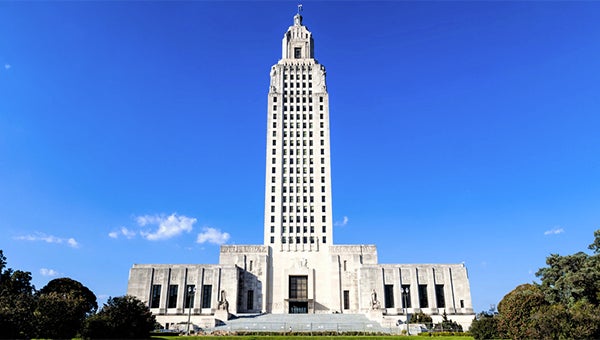Ducks in a row: New park fowl may lead to flock
Published 5:59 am Saturday, July 16, 2016

- DAILY NEWS PHOTO/Jesse Wright The black-belly whistling ducks, which have been spotted in Cassidy Park, are originally from Argentina.
Bogalusa’s Public Works Director James Hall has been a duck hunter for decades.
He knows his ducks.
But, recently, he said he saw a pair of ducks in Cassidy Park unlike any he’d ever seen before. The ducks have a golden-brown feathering on their backs and black bellies and they have bright, distinctive orange beaks.
“I’ve been a duck hunter for 30 years and I’ve never seen anything that look like these,” he said.
He took some photos of the unusual fowl and started an internet search. A few minutes of web searching later, he got his answer.
“They are black-belly whistling ducks, and they are originally from Argentina,” he said.
On Friday, the pair of ducks had settled on some bare branches, high over a small pond. According to the bird website, audobon.org, this is true to form for the species.
The website describes the birds as, “a spectacularly marked, sociable, noisy waterfowl. Often rests on low snags above water, and may perch high in dead trees.”
For decades, the birds could only be seen on the southern coast of Louisiana and rarely if at all. Traditionally the ducks have stayed farther south, along the Texas coastline down into Mexico and further south.
However, about a decade ago, they moved into New Orleans in a big way. In 2012, the New Orleans Times-Picayune reported that an invasive flock had taken over Audubon Park and over the prior 10 years, the park had become home to a population of over 8,400 black-belly whistling ducks.
Park officials attributed the new arrivals as a symptom of climate change, an effect of the warmer winters in Louisiana. Since then, they’ve spread outside the park and now it seems they’ve come to Bogalusa.
The website also reports that flocks of black-belly whistling ducks have become more common in the southern United States since 1950. In addition, the birds are not migratory, meaning that the pair at Cassidy Park is likely here to stay. Since the ducks may mate for life, the pair could be the first pioneers of a permanent flock in the park.





